Cruelty-free products are shaking up the beauty aisle and challenging how companies treat animals. It might seem like just another label but there is no official legal definition for cruelty-free according to the FDA. That means the real power in this movement comes from everyday shoppers who decide compassion matters more than old habits.
Table of Contents
- What Are Cruelty-Free Products And Why They Matter?
- The Ethical Considerations Behind Cruelty-Free Choices
- The Impact Of Cruelty-Free Products On Animal Welfare
- How Cruelty-Free Products Support Sustainable Practices
- Key Concepts To Remember About Cruelty-Free Products
Quick Summary
| Takeaway | Explanation |
|---|---|
| Choose certified cruelty-free products. | Look for third-party certifications like Leaping Bunny to ensure ethical manufacturing standards are met. |
| Support brands that avoid animal testing. | By choosing cruelty-free, you contribute to ending harmful testing practices in the beauty and personal care industries. |
| Understand cruelty-free labeling accuracy. | Be informed about what cruelty-free and vegan labels mean, as not all claims are equal in rigor. |
| Promote sustainable practices alongside cruelty-free choices. | Many cruelty-free brands also focus on sustainable ingredients and eco-friendly manufacturing processes. |
| Engage in conscious consumerism. | Your purchasing decisions can drive significant ethical changes in the market towards more compassionate practices. |
What Are Cruelty-Free Products and Why They Matter?
Cruelty-free products represent a critical ethical approach in personal care and beauty industries, focusing on compassionate manufacturing practices that eliminate animal testing throughout product development. These products are created without subjecting animals to painful or harmful experiments during any stage of research, ingredient testing, or final product assessment.
Understanding the Cruelty-Free Definition
According to the U.S. Food and Drug Administration, the term “cruelty-free” lacks a standardized legal definition, which means consumers must be discerning when interpreting product labels. Authentic cruelty-free products guarantee that no animal testing occurs during any production phase, including:
- Initial ingredient testing
- Formulation development
- Final product safety assessments
- Supply chain and component sourcing
Companies genuinely committed to cruelty-free practices often seek third-party certifications like the Leaping Bunny Program, which provides independent verification of their ethical manufacturing standards.
The Global Impact of Choosing Cruelty-Free
Choosing cruelty-free products goes beyond individual consumer preferences. By supporting brands that reject animal testing, consumers contribute to a broader movement challenging outdated and unnecessary scientific practices. The Physicians Committee for Responsible Medicine emphasizes that modern alternatives like in vitro testing and computer-based models offer more reliable and humane research methods.
Moreover, cruelty-free products often align with other ethical considerations, such as sustainable sourcing, natural ingredients, and environmentally conscious manufacturing. If you want to learn more about making informed beauty choices, read our guide on choosing ethical makeup.
By understanding and supporting cruelty-free practices, consumers can drive meaningful change in the beauty and personal care industries, promoting compassion, innovation, and respect for all living beings.
The Ethical Considerations Behind Cruelty-Free Choices
Ethical consumption has emerged as a powerful movement in personal care, with cruelty-free products representing a profound statement about consumer values and moral responsibility towards animal welfare. This approach transcends mere product selection, embodying a deeper commitment to compassionate and conscious consumer practices.
The Moral Framework of Cruelty-Free Choices
Research from the International Journal of Environmental Research and Public Health reveals that consumer motivations for choosing cruelty-free products are deeply rooted in ethical considerations. Consumers are increasingly recognizing animal sentience and rejecting practices that cause unnecessary suffering. The ethical considerations driving these choices include:
- Respect for animal life and well-being
- Opposition to unnecessary scientific testing
- Commitment to more humane research methodologies
- Alignment with broader environmental and social justice principles
Modern consumers understand that technological advancements have rendered animal testing obsolete, with sophisticated alternatives like computer modeling and in vitro testing providing more accurate and ethical research methods.
Global Perspectives on Ethical Consumption
The shift towards cruelty-free products represents a global movement challenging traditional industrial practices. Consumers are no longer passive purchasers but active participants in driving ethical change. By selecting cruelty-free products, individuals communicate their values and push industries towards more compassionate practices.
This ethical stance extends beyond animal welfare, intersecting with broader concerns about sustainability, environmental responsibility, and corporate social accountability. Learn more about making conscious beauty choices in our comprehensive makeup guide.
Ultimately, choosing cruelty-free products is an individual decision that collectively contributes to a more empathetic and responsible global marketplace, demonstrating that consumer choices can be powerful instruments of meaningful social transformation.
The Impact of Cruelty-Free Products on Animal Welfare
Cruelty-free products represent a transformative approach to personal care that directly addresses the profound ethical challenges surrounding animal testing. By rejecting traditional research methods that harm animals, these products signify a critical shift towards more compassionate and scientifically advanced approaches to product development.
Understanding Animal Testing Consequences
According to the Physicians Committee for Responsible Medicine, animal testing in cosmetics involves several deeply problematic practices that cause significant animal suffering. The most common and harmful testing procedures include:
- Skin and eye irritation tests
- Forced chemical ingestion experiments
- Repeated exposure toxicity assessments
- Invasive physiological response measurements
These tests frequently result in severe physical trauma, chronic pain, and often fatal outcomes for laboratory animals, underscoring the urgent need for alternative research methodologies.
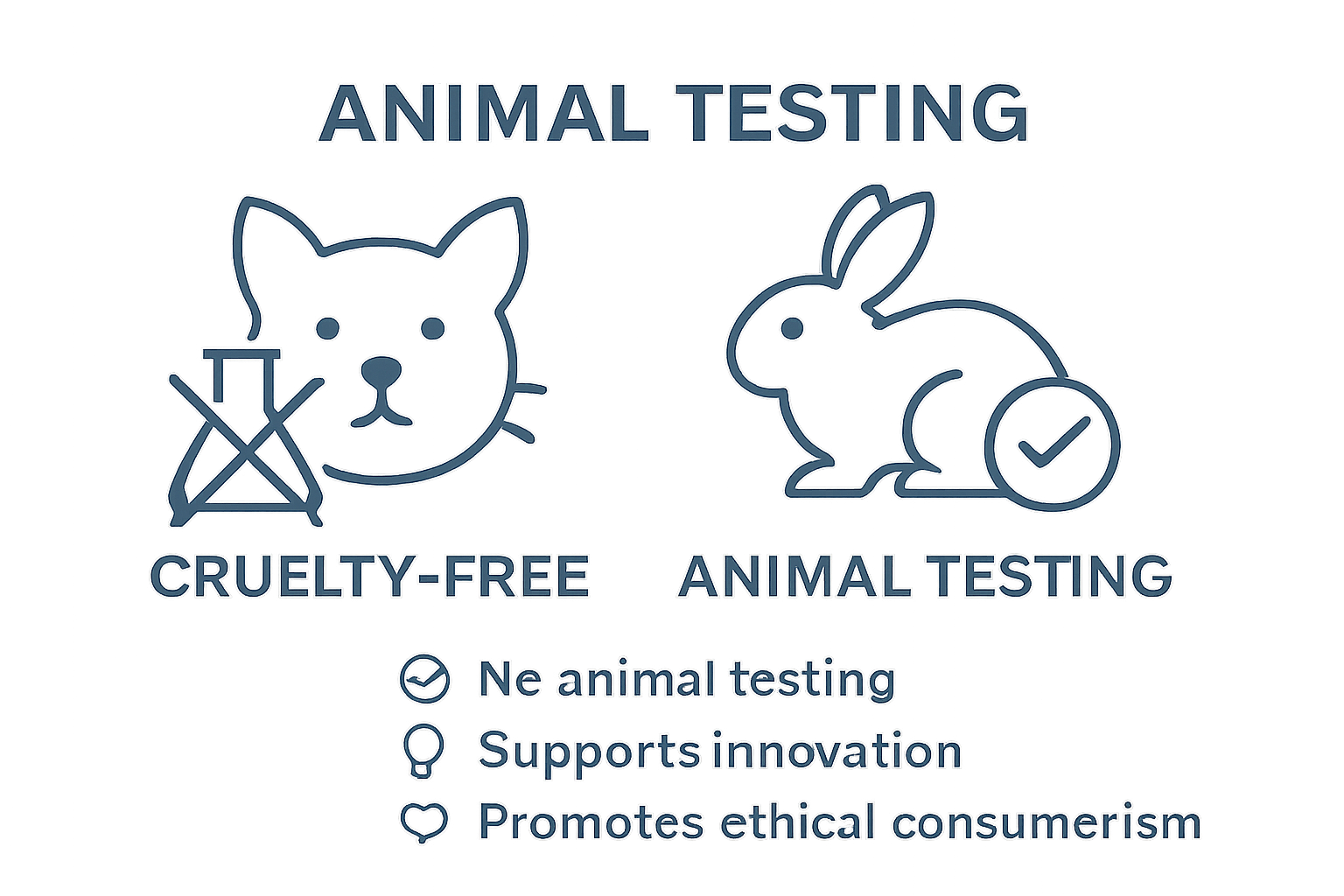
The Broader Welfare Implications
Choosing cruelty-free products goes beyond individual consumer preferences. By supporting brands that reject animal testing, consumers actively contribute to dismantling an industry practice that has caused immense animal suffering for decades. The collective impact of these choices can fundamentally transform research practices, pushing industries towards more ethical and scientifically sophisticated testing approaches.
Moreover, cruelty-free product development encourages innovation in research methodologies, promoting advanced alternatives like computer modeling, human cell cultures, and sophisticated simulation technologies that are both more humane and often more accurate than traditional animal testing.
Explore our comprehensive guide to making conscious beauty choices and understand how your purchasing decisions can drive meaningful change in animal welfare and scientific research practices.
How Cruelty-Free Products Support Sustainable Practices
Cruelty-free products represent more than an ethical choice in personal care. They embody a comprehensive approach to sustainability that extends far beyond animal welfare, encompassing environmental responsibility, resource conservation, and innovative technological practices.
The Interconnection of Ethics and Sustainability
Research from the International Journal of Environmental Research and Public Health reveals that cruelty-free product development is fundamentally linked to sustainable manufacturing processes. Sustainable practices in cruelty-free product lines typically involve:
- Minimizing environmental footprint
- Reducing waste in research and production
- Utilizing renewable and responsibly sourced ingredients
- Implementing energy-efficient manufacturing techniques
These approaches demonstrate that ethical considerations and environmental sustainability are deeply interconnected, with each supporting and reinforcing the other.
Technological Innovation and Resource Conservation
Cruelty-free product development drives technological innovation by necessitating alternative testing methods that are not only more humane but also more resource-efficient. Advanced techniques like computer modeling, human cell cultures, and sophisticated simulation technologies consume significantly fewer resources compared to traditional animal testing methods.
Moreover, brands committed to cruelty-free practices often prioritize holistic sustainability, incorporating eco-friendly packaging, reducing carbon emissions, and implementing circular economy principles in their production cycles. Check out our seasonal guide for ethical product choices to understand how sustainable choices can make a meaningful impact.
Ultimately, choosing cruelty-free products represents a powerful statement of support for both animal welfare and environmental sustainability, demonstrating that conscious consumerism can drive meaningful change across multiple interconnected domains.
The following table organizes key ethical and sustainability features commonly associated with cruelty-free products, highlighting how compassion and environmental responsibility are interconnected.
| Feature | Ethical Aspect | Sustainability Benefit |
|---|---|---|
| No animal testing | Compassion for animal welfare | Reduces unnecessary use of resources |
| Use of alternative testing (in vitro, etc.) | Promotes humane research | Minimizes environmental impact |
| Responsibly sourced/renewable ingredients | Ethical ingredient sourcing | Supports biodiversity/conservation |
| Eco-friendly packaging | Avoids environmental harm | Reduces waste and landfill |
| Energy-efficient manufacturing processes | Corporate social accountability | Lowers carbon footprint |
| Transparency and accountability | Enables informed consumer decisions | Encourages industry-wide sustainable change |
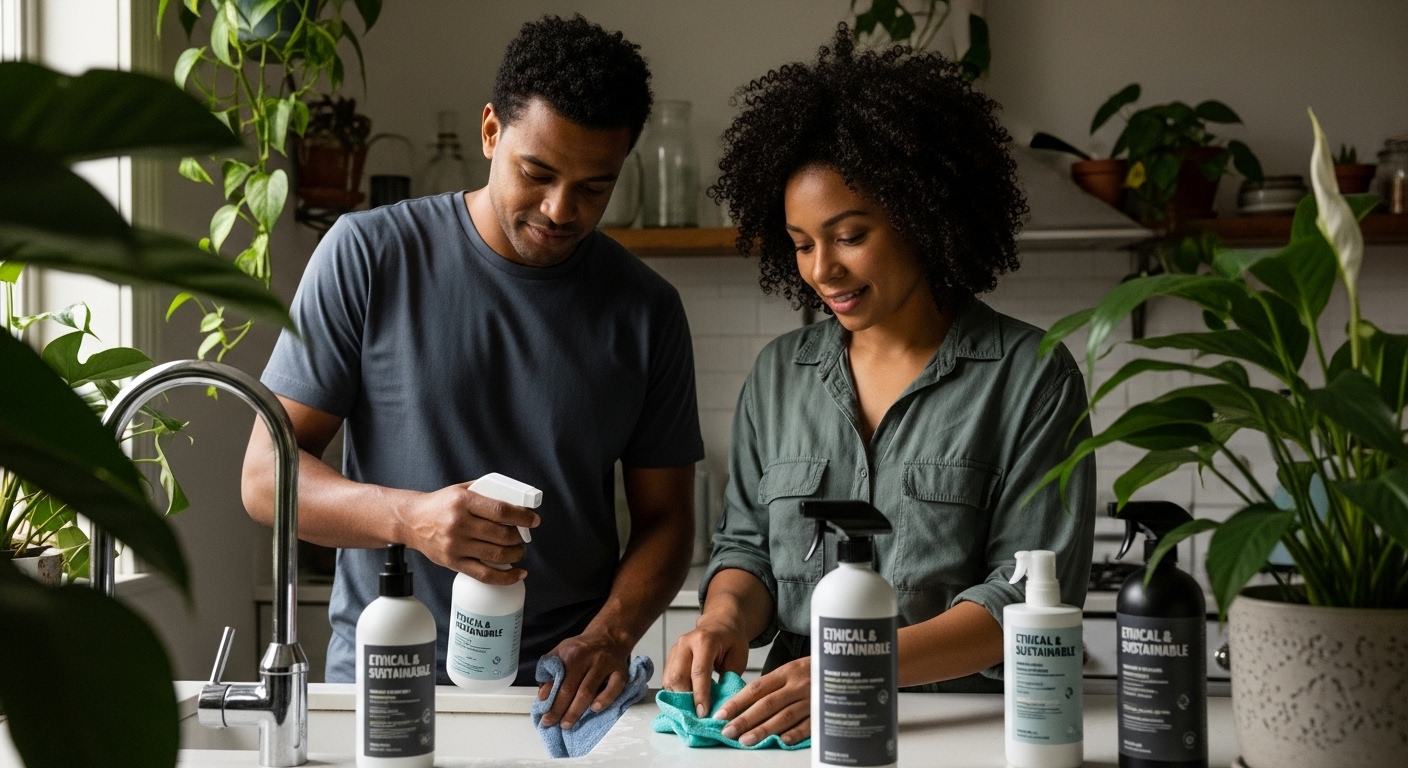
Key Concepts to Remember About Cruelty-Free Products
Navigating the world of cruelty-free products requires understanding nuanced terminology, certification processes, and consumer empowerment strategies. Consumers must develop a critical eye to distinguish genuine ethical practices from misleading marketing claims.
Understanding Product Labeling and Certifications
Research from the International Journal of Retail & Distribution Management highlights that consumer attitudes towards cruelty-free products are significantly influenced by marketing claims and certification credibility. Key certification aspects consumers should understand include:
- Difference between “cruelty-free” and “vegan” labels
- Recognizing legitimate third-party certification programs
- Understanding supply chain animal testing policies
- Identifying brands with comprehensive ethical commitments
Not all cruelty-free labels carry the same weight. Some certifications require more rigorous standards than others, making consumer education crucial in making informed purchasing decisions.
Below is a comparison table explaining the differences between key labels and certifications discussed in the context of cruelty-free beauty products.
| Label/Certification | Meaning | Verification Level | Notable Considerations |
|---|---|---|---|
| Cruelty-Free (General) | Product not tested on animals at any development stage | Varies (often self-claimed) | No legal standard, may lack third-party review |
| Leaping Bunny Certified | Verified not tested on animals throughout supply chain and production | High (third-party) | Rigorous, requires ongoing compliance |
| Vegan | Contains no animal-derived ingredients | Varies | Does not necessarily mean cruelty-free |
| Brand-Developed Claims | Company states product is cruelty-free or vegan | Low (self-declared) | May not be independently verified |
Consumer Empowerment and Purchasing Dynamics
Modern consumers, particularly younger generations, are driving market transformation through conscious purchasing. Their buying behaviors demonstrate:
- Prioritizing brands with transparent ethical practices
- Willingness to pay premium prices for cruelty-free products
- Active social media engagement to promote ethical consumption
- Demanding comprehensive corporate accountability
This shift represents more than a trend. It signals a fundamental restructuring of consumer expectations, where ethical considerations are becoming as important as product performance.
Explore our comprehensive guide to selecting cruelty-free makeup and learn how to make informed, compassionate beauty choices that align with your values.
Discover the True Power of Compassionate Beauty at GNS Beauty
Are you ready to make your self-care routine truly meaningful? If recent insights on the real benefits of cruelty-free products have opened your eyes, you are not alone. Many people want high-quality self-care without supporting animal testing or harmful research practices. At GNS Beauty & Personal Care, we understand how important it is to align your values with your daily wellness and beauty products. Our carefully chosen selection of cruelty-free essentials lets you care for yourself and the world around you.
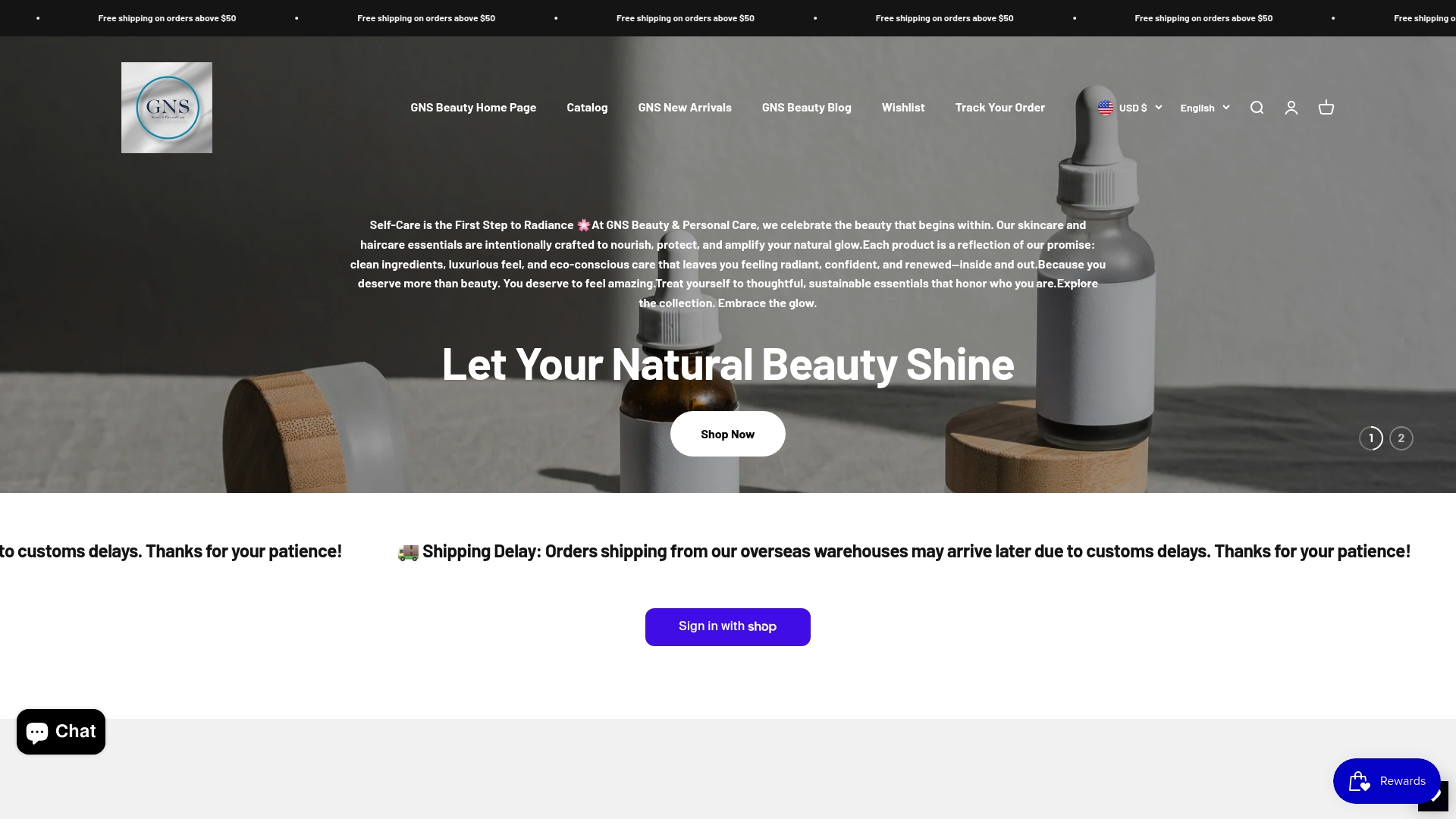
Transform your routine with products that nurture both you and the planet. Visit GNS Beauty & Personal Care to explore our full collection of premium, sustainable beauty and wellness solutions. Want extra tips on ethical self-care? Check out our essential guide to cruelty-free makeup and discover how small choices can spark lasting change. Shop now and experience how self-care can uplift your confidence while supporting lasting compassion.
Frequently Asked Questions
What does it mean for a product to be cruelty-free?
Cruelty-free products are those that have not been tested on animals at any stage of their development, including ingredient testing, formulation development, and final product assessments.
Why should I choose cruelty-free products?
Choosing cruelty-free products supports animal welfare by rejecting the practice of animal testing. It also encourages brands to adopt more ethical manufacturing processes and often aligns with sustainable and environmentally friendly practices.
Are cruelty-free products as effective as those tested on animals?
Yes, cruelty-free products can be just as effective as their traditionally tested counterparts. Modern alternatives like in vitro testing and computer modeling often provide better and more ethical research methods, resulting in high-quality products.
How can I identify genuine cruelty-free products?
Look for third-party certifications, such as the Leaping Bunny Program, which indicate that a product has been independently verified as cruelty-free. Additionally, educate yourself about the brand’s policies regarding animal testing and ingredient sourcing.
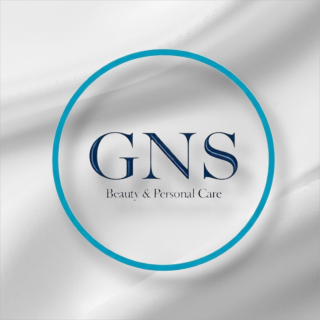
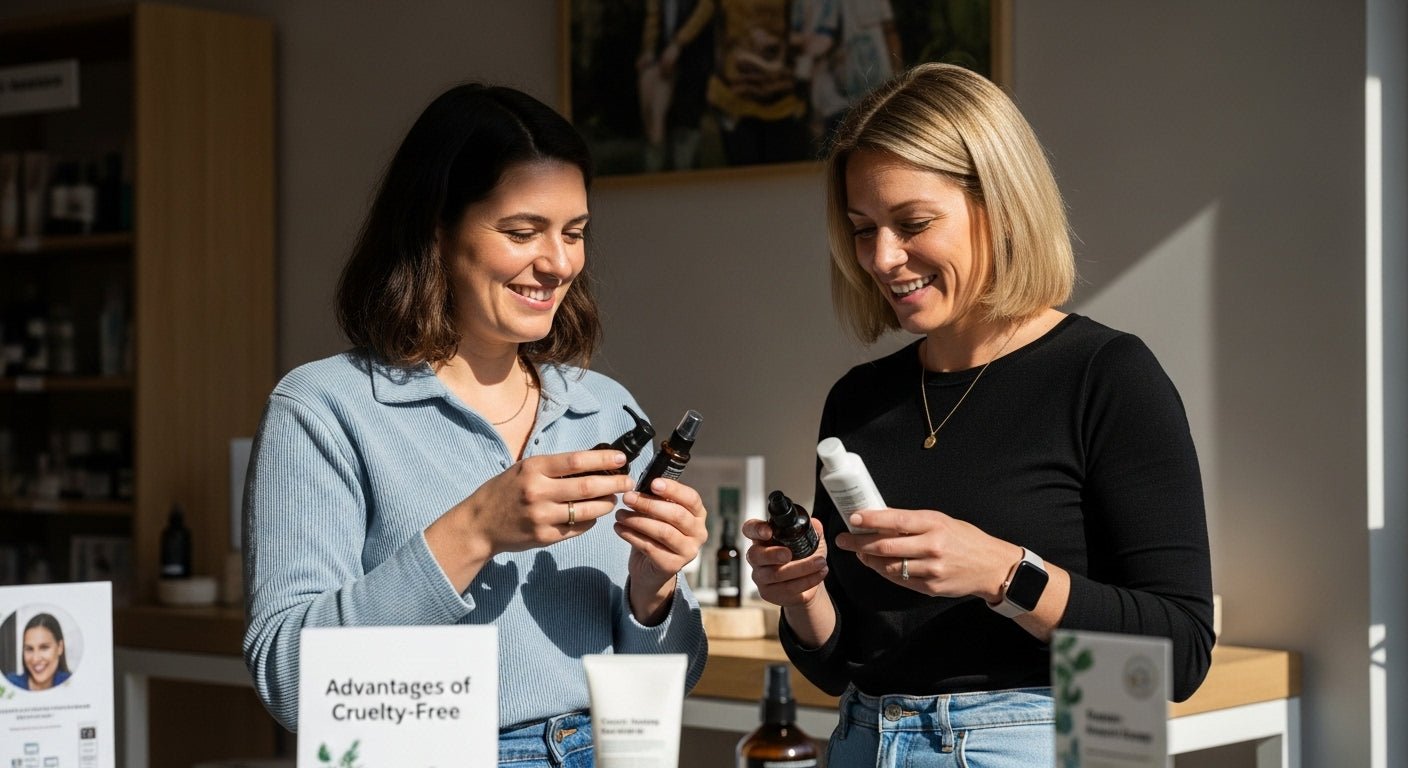
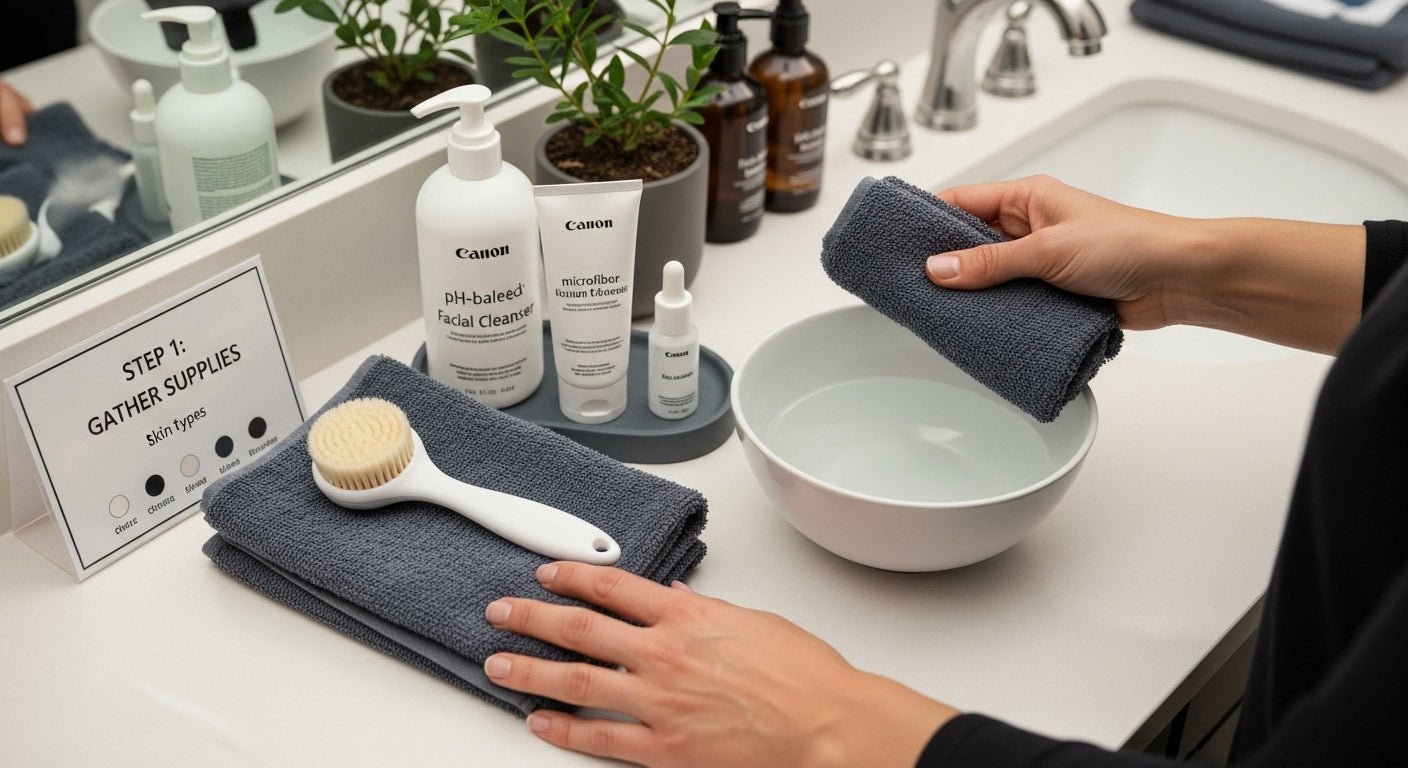
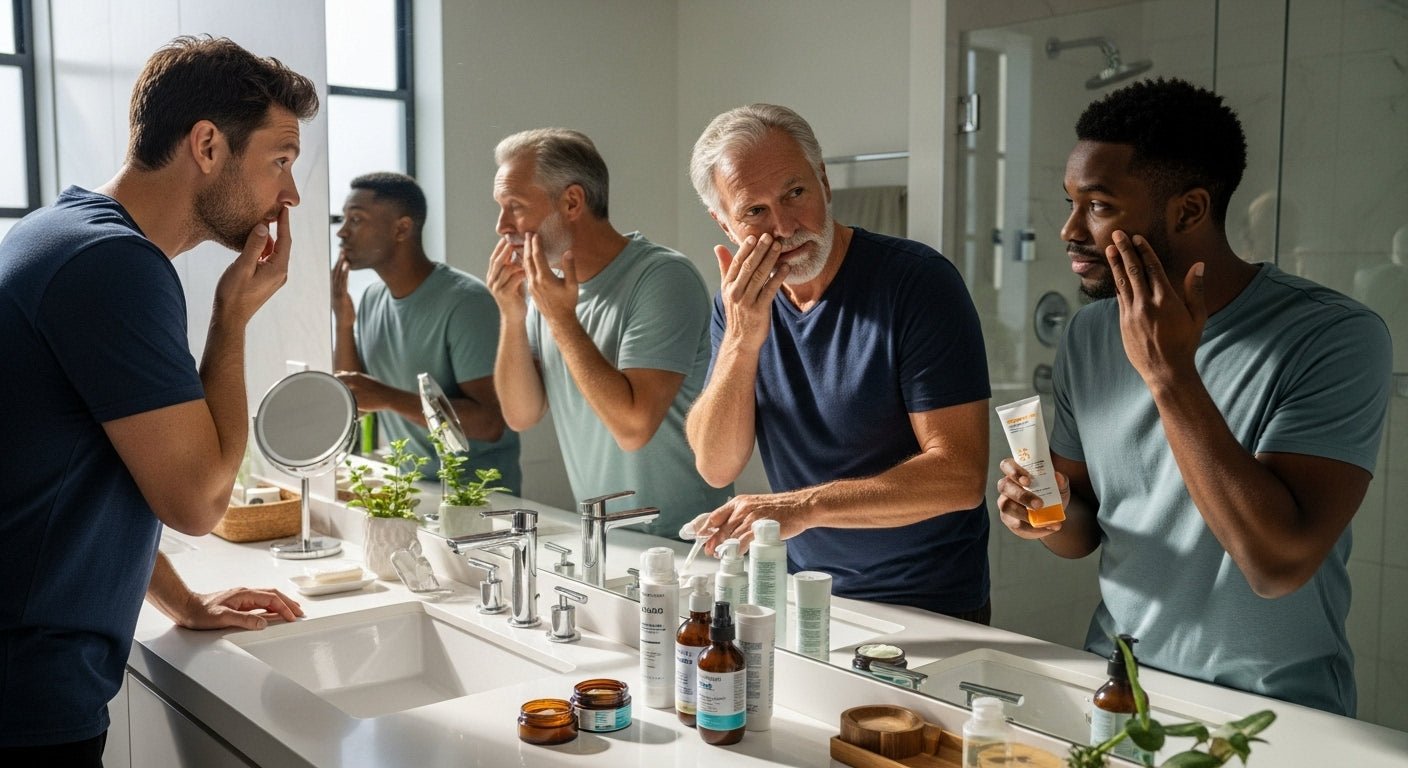

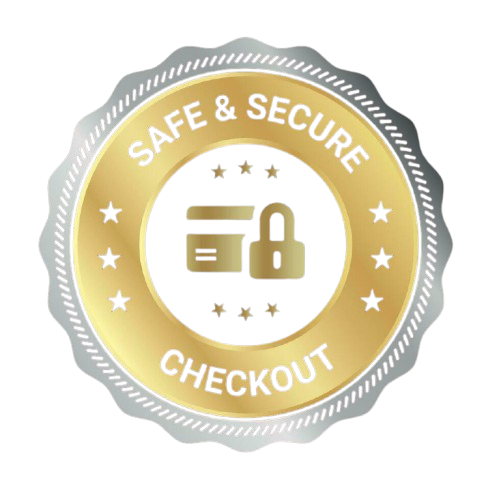


Leave a comment
All comments are moderated before being published.
This site is protected by hCaptcha and the hCaptcha Privacy Policy and Terms of Service apply.